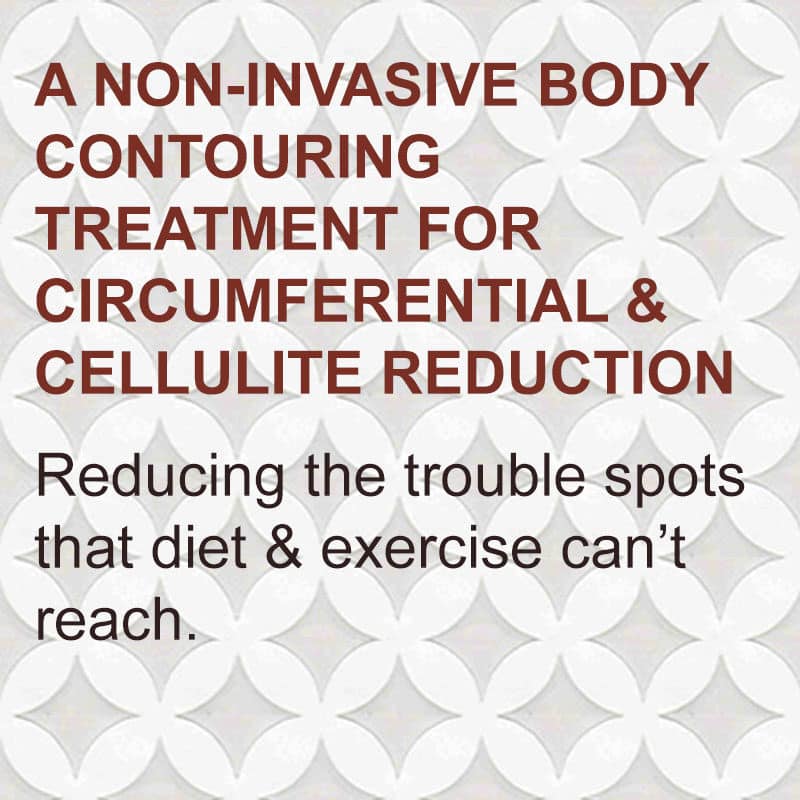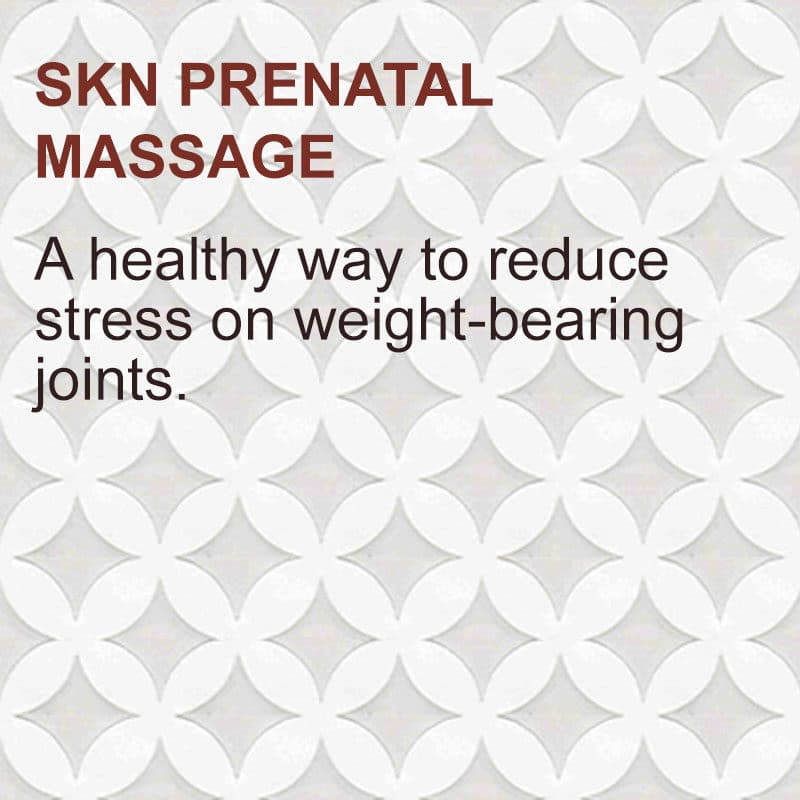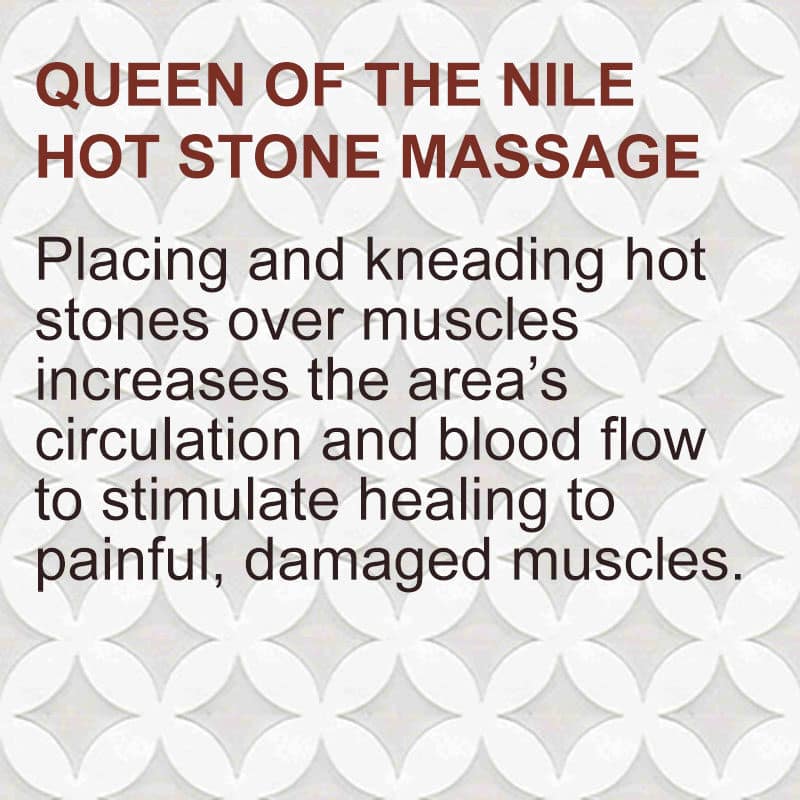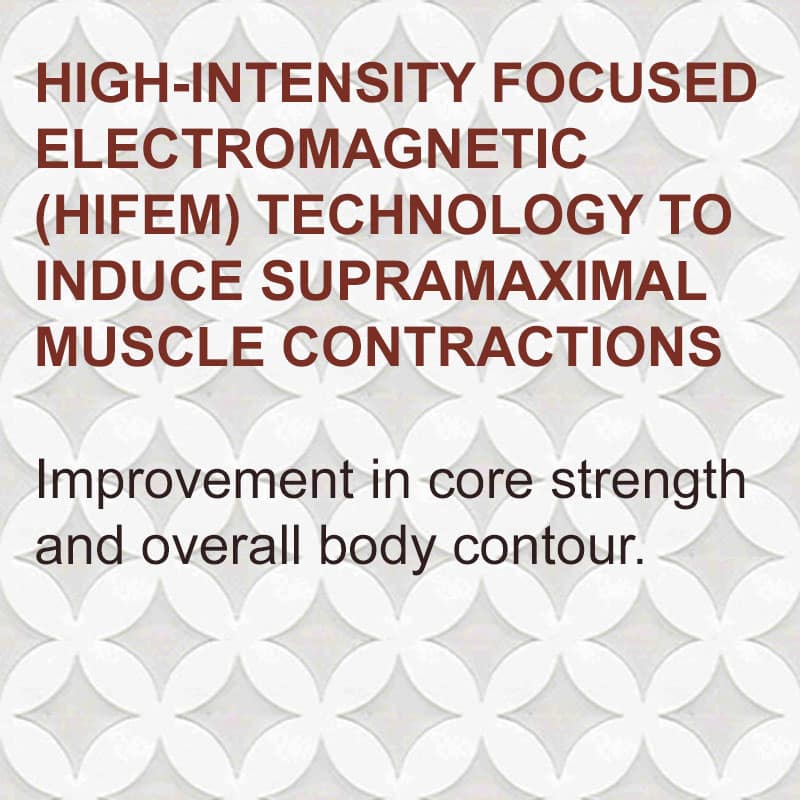Deep Tissue Massage
30 min $70 / 60 min $125 / 90 min $170
Using more intense pressure with the same movements and techniques as Swedish massage, this treatment relieves muscle stiffness, pain and chronic knots by targeting deeper tissue structures of the muscles.
Relax deeply! Deep tissue massage is a therapeutic massage technique that focuses on deeper layers of muscles and connective tissue. Here are key aspects of deep tissue massage:
- Purpose: Deep tissue massage aims to relieve chronic muscle tension, knots (also known as adhesions), and tightness in the deeper layers of muscle tissue. It can also address postural problems, repetitive strain injuries, and muscle spasms.
- Techniques: The massage therapist uses slow, firm strokes and deep finger pressure to target specific areas of tension and discomfort. This may involve applying sustained pressure using their fingertips, knuckles, elbows, or forearms to reach deeper layers of muscle and connective tissue.
- Benefits: Deep tissue massage can help reduce pain, improve range of motion, release muscle knots, enhance circulation, and promote faster healing of injured muscles. It can also break down scar tissue and improve posture.
- Sensation: Deep tissue massage may cause discomfort or “good pain” during the treatment, especially in areas where there is chronic tension or tightness. However, the therapist should always work within your comfort level and encourage open communication about the pressure being applied.
- After Effects: After a deep tissue massage, you may experience some soreness or stiffness, which is normal and should subside within a day or two. Drinking plenty of water and applying ice or heat to the treated areas can help alleviate any discomfort.
- Who Can Benefit: Deep tissue massage is beneficial for individuals who have chronic muscle tension, injuries, or conditions like fibromyalgia. It’s important to communicate with your massage therapist about your specific needs and concerns before and during the session.
- Precautions: Deep tissue massage may not be suitable for everyone, especially those with certain medical conditions such as osteoporosis, blood clotting disorders, or recent surgery. Always consult with your healthcare provider before scheduling a deep tissue massage if you have any concerns.
Overall, deep tissue massage is a powerful therapeutic technique that targets deeper layers of muscle and connective tissue to relieve tension and improve mobility. When performed by a trained and experienced therapist, it can provide significant relief and support for muscle-related issues.
Olive Oil: This is the main ingredient and provides moisturizing properties to the skin. Olive oil is rich in antioxidants, vitamins (such as Vitamin E), and fatty acids that nourish and hydrate the skin.
It is not uncommon to experience some redness after a body massage, especially if the massage involved deeper pressure or focused on areas where there was tension or muscle tightness. Here are a few reasons why redness might occur and when it’s normal:
- Increased Blood Flow: Massage techniques like kneading and friction can stimulate blood circulation in the treated area. This increased blood flow can cause temporary redness or flushing of the skin, similar to what happens when you exercise.
- Pressure and Stimulation: If the massage involved deep tissue work or trigger point therapy, it can cause the capillaries near the skin’s surface to dilate, resulting in redness.
- Sensitive Skin: Some individuals have naturally sensitive skin or may react more strongly to touch or pressure. In such cases, mild redness might be more noticeable after a massage.
- Post-Massage Response: The body’s response to massage can vary. Some people may experience a mild inflammatory response, which could manifest as slight redness, particularly if the massage was vigorous.
In most cases, this redness is temporary and should subside within a few hours to a day. However, if the redness is accompanied by pain, swelling, or persists for an extended period, it’s essential to consult with your massage therapist. They can evaluate whether there’s any underlying sensitivity or if adjustments are needed for future sessions.
To minimize post-massage redness, you can:
- Communicate with your massage therapist about your skin sensitivity before the session.
- Drink plenty of water to stay hydrated, which can help your body process any toxins released during the massage.
- Avoid vigorous activities or hot baths immediately after the massage, as these can exacerbate redness.
Overall, mild redness after a massage is often a normal part of the body’s response to therapeutic touch and increased circulation.
Here are some commonly asked questions and answers about deep tissue massage:
- What is deep tissue massage?
A deep tissue massage is a therapeutic technique that focuses on deeper layers of muscles and connective tissue. It aims to release chronic muscle tension, knots (adhesions), and tightness through slow, firm strokes and deep pressure. - What are the benefits of deep tissue massage?
Deep tissue massage can help alleviate chronic muscle pain and tension, improve posture, increase range of motion, promote faster healing of injured muscles, break down scar tissue, and enhance circulation. It is effective for addressing conditions like back pain, neck and shoulder tension, and sports-related injuries. - How does deep tissue massage differ from Swedish massage?
While both techniques involve hands-on manipulation of muscles and are therapeutic in nature, Swedish massage primarily uses gentle, flowing strokes to relax superficial muscles and promote relaxation. Deep tissue massage, on the other hand, applies more intense pressure to reach deeper layers of muscle tissue and address chronic tension and knots. - Is deep tissue massage painful?
Deep tissue massage may cause discomfort, especially in areas where there is chronic tension or tightness. However, the discomfort should not be intolerable. It’s important to communicate with your massage therapist about your pain tolerance and preferences. The therapist will work within your comfort level and adjust pressure as needed. - Who can benefit from deep tissue massage?
Deep tissue massage is beneficial for individuals who experience chronic muscle tension, muscle knots (adhesions), stiffness, limited mobility, or pain due to injuries or repetitive strain. It’s also helpful for athletes looking to improve performance or recover from sports-related injuries. - Are there any side effects or aftercare tips for deep tissue massage?
After a deep tissue massage, it’s common to experience some soreness or stiffness, which should subside within a day or two. Drinking plenty of water can help flush out toxins released during the massage. Applying ice or heat to treated areas and gentle stretching can also help alleviate any discomfort. - How often should I get a deep tissue massage?
The frequency of deep tissue massage depends on your individual needs and goals. Some people benefit from weekly sessions initially to address chronic issues, while others may choose to schedule massages less frequently once their symptoms improve. Your massage therapist can provide personalized recommendations based on your condition and progress. - Are there any contraindications for deep tissue massage?
Yes, deep tissue massage may not be suitable for everyone. Individuals with certain medical conditions such as osteoporosis, blood clotting disorders, recent surgery, or areas of acute injury or inflammation should consult with their healthcare provider before receiving deep tissue massage. It’s important to disclose any health concerns or conditions to your massage therapist before the session.
These questions and answers should provide a comprehensive overview of deep tissue massage, its benefits, considerations, and what to expect during a session. Always ensure you receive deep tissue massage from a qualified therapist to ensure safe and effective treatment.
Post-care after a deep tissue massage session is crucial to help your body recover, maximize the benefits of the massage, and minimize any potential discomfort. Here are some post-care tips:
- Hydration: Drink plenty of water after your massage to help flush out toxins released during the massage and to stay hydrated. Hydration supports circulation and helps your muscles recover more quickly.
- Rest and Relaxation: Allow yourself some time to rest and relax after the massage. Avoid strenuous activities, heavy lifting, or intense exercise for the remainder of the day to allow your muscles to continue benefiting from the relaxation response induced by the massage.
- Ice or Heat Therapy: Depending on your preference and any soreness you may experience, you can apply ice packs or a cold compress to areas that feel tender or sore after the massage. This can help reduce inflammation and alleviate discomfort. Alternatively, if you prefer heat, a warm bath or heating pad can also be soothing to tight muscles.
- Gentle Stretching: Engage in gentle stretching or light movement to prolong the benefits of the massage and prevent stiffness. Focus on areas that were particularly tight or worked on during the massage. This can help maintain flexibility and promote circulation in the muscles.
- Nutrition: Eat a light, nutritious meal after your massage to support your body’s recovery. Include foods rich in vitamins and minerals that promote muscle relaxation and overall wellness.
- Avoid Alcohol and Caffeine: Try to avoid alcohol and caffeine for a few hours after your massage. These substances can dehydrate your body and counteract some of the benefits of the massage.
- Feedback: Reflect on your massage experience. If you have any discomfort or areas of concern post-massage, communicate this with your therapist. They can provide guidance and adjust future sessions as needed.
- Schedule Regular Sessions: Depending on your individual needs, consider scheduling regular deep tissue massage sessions to maintain muscle health and prevent the recurrence of chronic tension or pain.
- Listen to Your Body: Pay attention to how your body feels after the massage. If you experience prolonged or severe discomfort, swelling, or unusual symptoms, contact your massage therapist for advice.
By following these post-care tips, you can enhance the benefits of your deep tissue massage and support your body’s recovery process. Always communicate openly with your massage therapist about any concerns or discomforts you may have to ensure a safe and effective experience.















